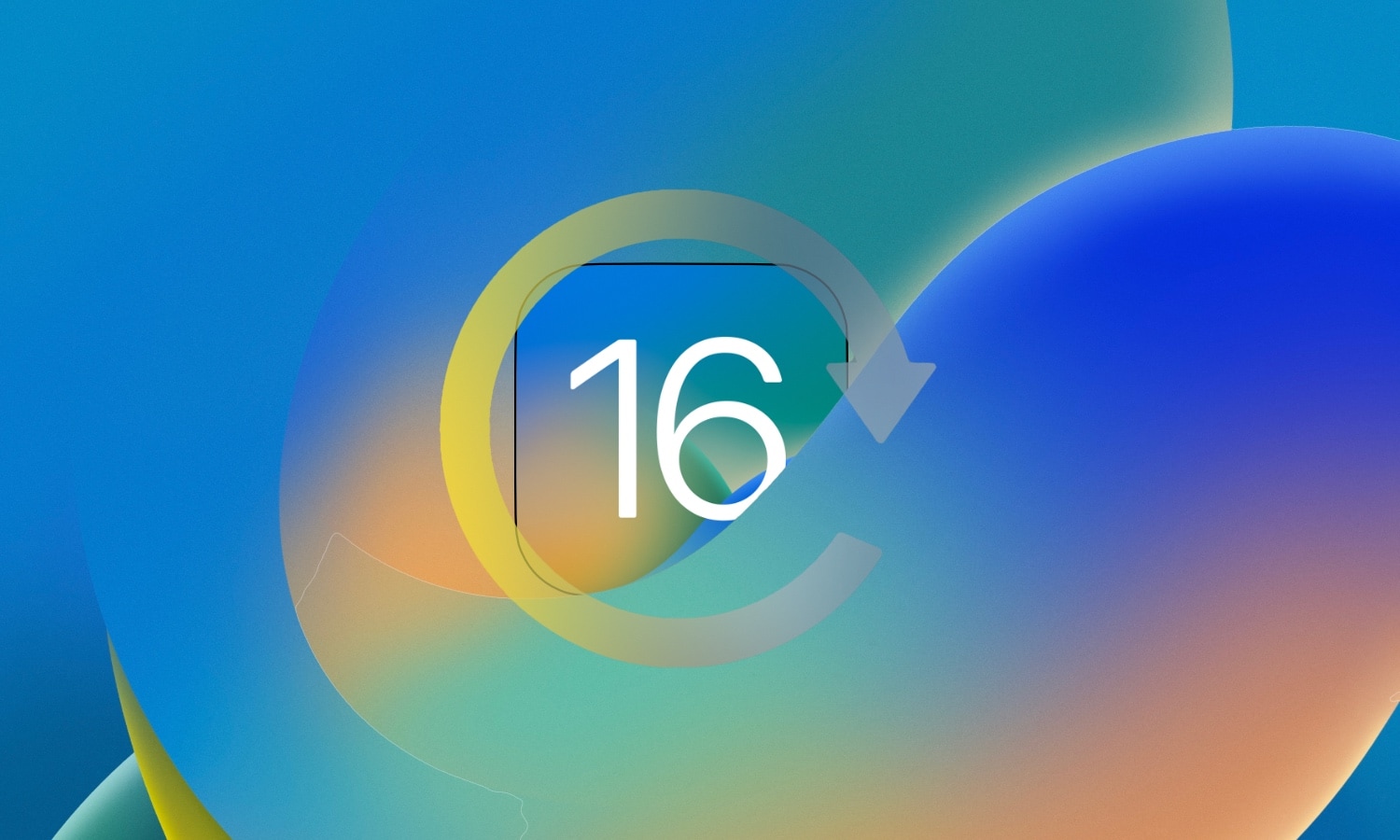Apple just last week released iOS & iPadOS 16.3.1 with bugs fixes and improvements for iPhone and iPad users, and as you’ve probably come to expect, the company is right back at its usual shenanigans of preventing users from downgrading to the older iOS & iPadOS 16.3 firmware.

The news comes as Apple just this evening stopped signing iOS & iPadOS 16.3, a move that stops iPhone and iPad users from using iTunes or Finder to simply Shift + Click the restore button on Windows or Option + Click the restore button on macOS to select the older firmware file to install. Instead, users will be prompted to update to the latest version instead, which at this time is version 16.3.1.
Apple regularly unsigns older firmware anywhere from one to two weeks after releasing a newer update, and that’s because the company wants its users running the latest software. This benefits Apple in two primary ways: 1) blocking jailbreaks; and 2) ensuring that users are taking advantage of the latest features and security improvements.
The latter is because jailbreaks generally target older firmware versions that have the necessary security holes to allow arbitrary code execution. By blocking a pathway to install these version(s) of iOS or iPadOS, Apple can prevent more people from jailbreaking after they’ve already updated to a non-jailbreakable firmware.
While installing unsigned iPhone and iPad firmware is still technically possible using non-official methods such as futurerestore to downgrade and DelayOTA to upgrade, these methods are more convoluted and require the user to jump through additional hoops.
Besides jailbreaking, however, there are other reasons why someone might be inclined to downgrade their handset’s firmware version. One of the best examples of this is when a software update introduces new bugs that get in the way of a user’s general workflow. Great examples of this happening in the past include the following:
- iOS 16.0 over-prompting users on clipboard access when pasting copied content into another app
- iOS 14.7 breaking the Apple Watch’s ability to be unlocked with the host iPhone’s Touch ID sensor
- iOS & iPadOS 13.2 imposing incredibly aggressive background management on backgrounded apps
At iDB, we think that Apple should allow users to install any firmware version they want on their iPhone or iPad, and many device tinkerers would agree. Unfortunately, it seems unlikely that Apple will change these silly policies unless forced to by government action.
As always, you can use the handy ipsw.me online utility to find out what firmware version(s) are being signed for your iPhone or iPad. You can also use our Downloads page to acquire any firmware file you might need for your device.




